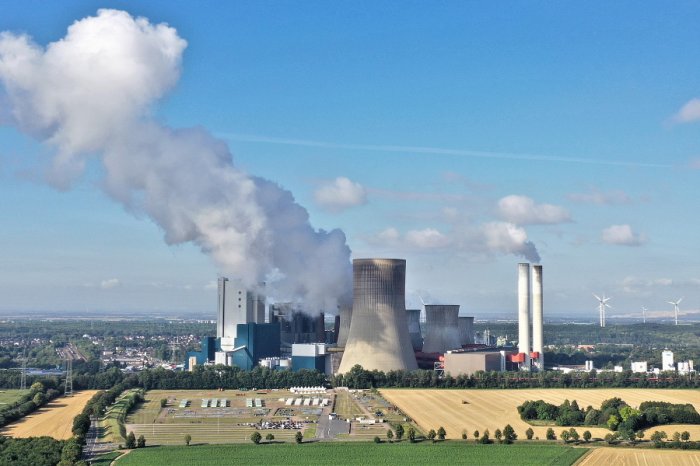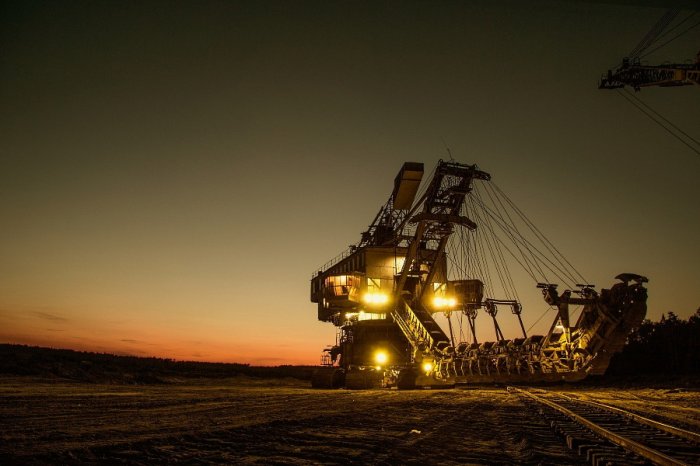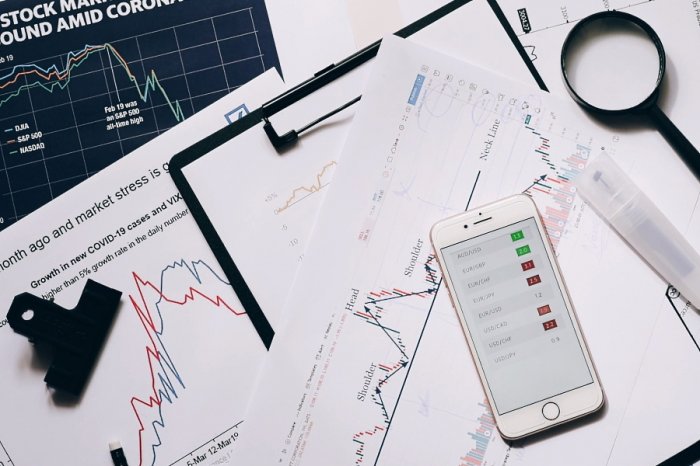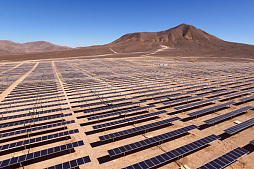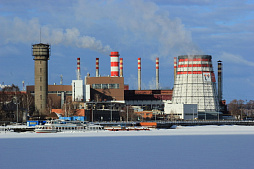To consider an application for financing, fill out the form and send it to us by e-mail along with the project brief, or contact our experts
According to the forecasts of the IEA, the global installed RES capacity will exceed 4800 GW in 2026.
Bank financing of solar power plants, project finance, large commercial and industrial loans will play a critical role in the transformation of the global energy sector in the coming years.
Link Bridge Financial LTDA LBFL, an international company with projects in different countries, offers long-term bank loans for the construction and modernization of solar power plants.
To finance energy projects, we are ready to provide clients with advanced financial engineering solutions to cover up to 90% of investment costs.
Capital needs in the construction of solar power plants
The scale of recent solar projects in the UAE, Morocco and India highlights the appetite of financial institutions for new investment in this area.With proper planning and loan collateral, companies can raise virtually unlimited bank financing for new solar plants, including billions of euros in syndicated loans. A capital need of several hundred million euros doesn't really seem like an improbable thing when it comes to financing thousands of photovoltaic modules.
The investment needs of a solar power plant, especially the cost of building and purchasing equipment, are the starting point for developing financial models and seeking funding for a future project. Since a modern 100 MW solar power plant can require an initial capital cost of up to 80-150 million euros, depending on the country and project type, this is a strategically important financial decision for any energy company.
For example, in 2019, the cost of building solar power plants ranged from about 600 euros per MW in India to about 2,000 euros per MW in some countries of the former USSR with excessive government regulation of energy.
The benefits of investing in solar power plants include the following:
• Highly automated business with minimal staff.
• Well controlled and predictable electricity generation throughout the year.
• Independence from fossil fuels and minimal fluctuations in operating costs.
• Government support for green energy.
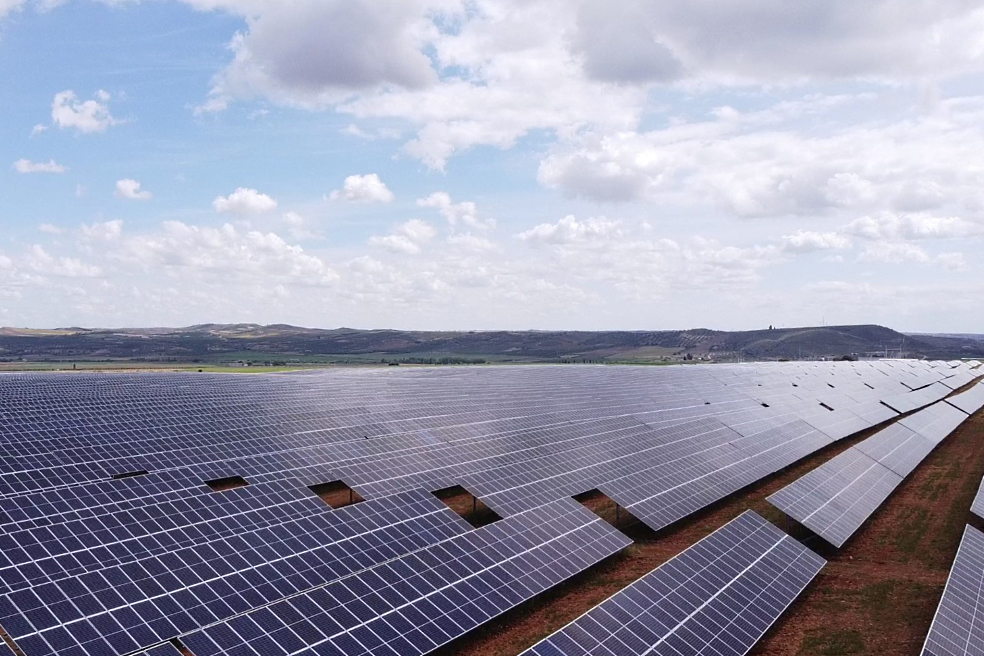
Over the past 10 years, the cost of solar photovoltaic projects has fallen significantly and banks have become more confident in this well-established technology, but still obtaining long-term bank financing requires serious efforts on the part of project sponsors and other stakeholders.
Especially attractive are large-scale photovoltaic projects with low capital costs per MW of installed capacity. According to the EIA, the most profitable investments are in solar projects with an installed capacity of more than 200 MW, which provide the greatest economies of scale.
Bank loans for solar power plants
In modern environmental realities, green lending is considered one of the leading tools for the development of solar energy.Bank financing plays an important role in the construction of solar power plants, and government agencies are actively supporting this area through the provision of incentives and guarantees. While individuals account for the bulk of loan applications, commercial and industrial loans require the largest amount of resources from financial institutions.
Lending to solar power plants is a popular banking service that contributes to the development of green energy in the world. In general, projects focused on the development of alternative energy, efficient use of resources, environmentally friendly business are a priority for most financial institutions. Banks are expanding the range of programs and special offers for financing green projects; these programs can be used by both a potential owner of a solar power plant and a company offering construction and engineering services.
The result of a well-thought-out interaction is the complete satisfaction of the capital needs of each project and high-quality customer support at all stages from the design of the solar power plant to its installation and commissioning.
The main principle of bank financing of such projects is their targeted use of the loan.
Thanks to the financing of solar projects with the help of credit instruments, energy companies expand their opportunities to earn on the feed-in tariff with minimal initial investment. For example, Link Bridge Financial LTDA LBFL offers long-term financing for solar power plants with a minimum initial contribution of project sponsors at the level of 10%.
Some advantages of bank financing of solar power plants:
• Green loans are issued relatively quickly and on flexible terms, facilitated by government support for renewable energy sources in many countries.
• Companies are able to purchase photovoltaic panels and other equipment at attractive prices through the cooperation of banks with certain manufacturers and suppliers.
• Debt repayment is carried out using cash flows generated as a result of the sale of electricity to end consumers at a feed-in tariff.
The capital needs of a solar project include many items, among which the cost of PV panels, inverters, protection equipment, support structures, cables and connectors should be considered.
Engineering services, including the development of technical documentation, can cost millions of euros for large projects, as they involve significant labor costs and require the involvement of numerous engineering firms and consultants. Additionally, the cost of a solar power plant includes earthworks, civil works, installation and configuration of equipment.
Maintenance and monitoring of the facility is a significant part of the operating costs for the next phase of the project.

In fact, a properly organized bank loan for a solar power plant is an opportunity for a business to develop green energy sources without significant initial investments.
Some companies use this opportunity to cover their energy needs, such as energy-intensive industrial facilities.
Other companies and public-private projects are initially aimed at developing the energy sector, diversifying energy for individual regions and entire countries. The latter fact explains the increased attention of governments and municipalities to solar energy financing.
Commercial loans for the solar energy sector
Industrial and commercial loans are closely related to lending to business entities.A C&I loan can be issued to any business, from an entrepreneur to a corporation. C&I loans can be provided as a lump sum or revolving line of credit. Businesses may be required to post some sort of collateral to secure the loan, such as photovoltaic equipment or receivables.
Contrary to the opinion that commercial and industrial lending has little relevance to solar PV projects, in reality this type of loans has a strong impact on the development of solar energy, including equipment manufacturing, engineering services, construction, retail, installation of photovoltaic power and other areas.
This can be seen both at the level of small private solar projects and at the level of multi-megawatt photovoltaic facilities.
Table: Advantages and disadvantages of C&I loans for solar power plants.
| Advantages | Disadvantages |
| Affordable financing: C&I loans can easily provide financing for businesses to maintain working capital and expand solar generation. | Risk of loss of collateral: when pledging some assets of a solar PV project as collateral, the borrower must be prepared for the loss of this collateral in the event of default. |
| No need for equity investors: C&I loans can be an easier way to get direct access to PV project financing without wasting time and effort on equity investors. | Short-term nature of the loan: in most cases, C&I loans are designed to repay debt over a short period of time, not exceeding 1-2 years. |
| Wide range of financing options: C&I loan can be provided in the form of a line of credit or a term loan with regular payments. | High interest rates: industrial and commercial loans tend to carry higher interest rates than other lending instruments. |
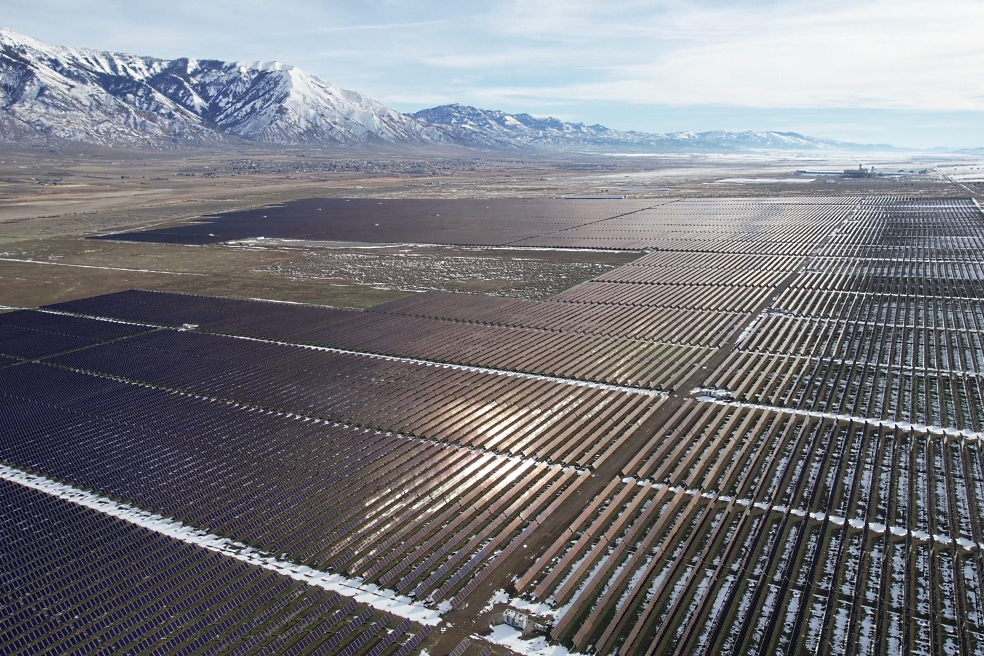
Commercial and industrial loans are actively developing in various sectors, as they bring significant profits to banks in the form of various fees and high interest rates on loans.
This type of lending requires a highly professional team in lending, underwriting, asset valuation, guarantees and others.
Commercial banks are willing to lend to solar projects that need working capital, upgrades to inverters, panels and other equipment, and financing other operating expenses. However, potential borrowers should carefully choose a bank and prepare a loan application in order to obtain financing on adequate terms. Contact our consultants to find out more.
Link Bridge Financial LTDA LBFL is ready to offer financing for large photovoltaic projects anywhere in the world, including long-term investment loans, C&I loans, and project finance.
We provide professional services in the fields of financial modeling, investment engineering, as well as offer our clients loan guarantees and comprehensive consulting support.





